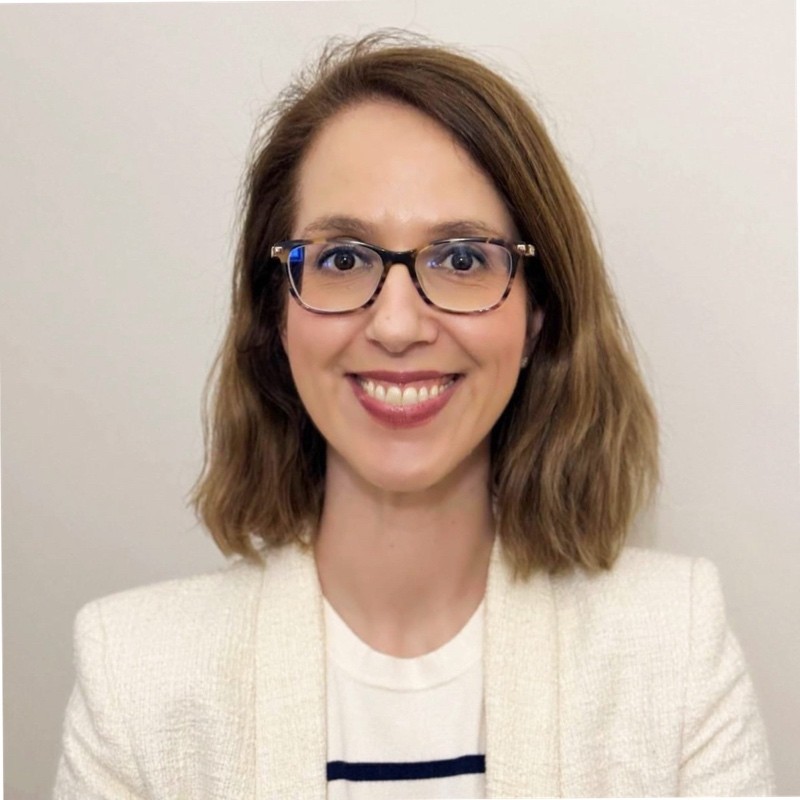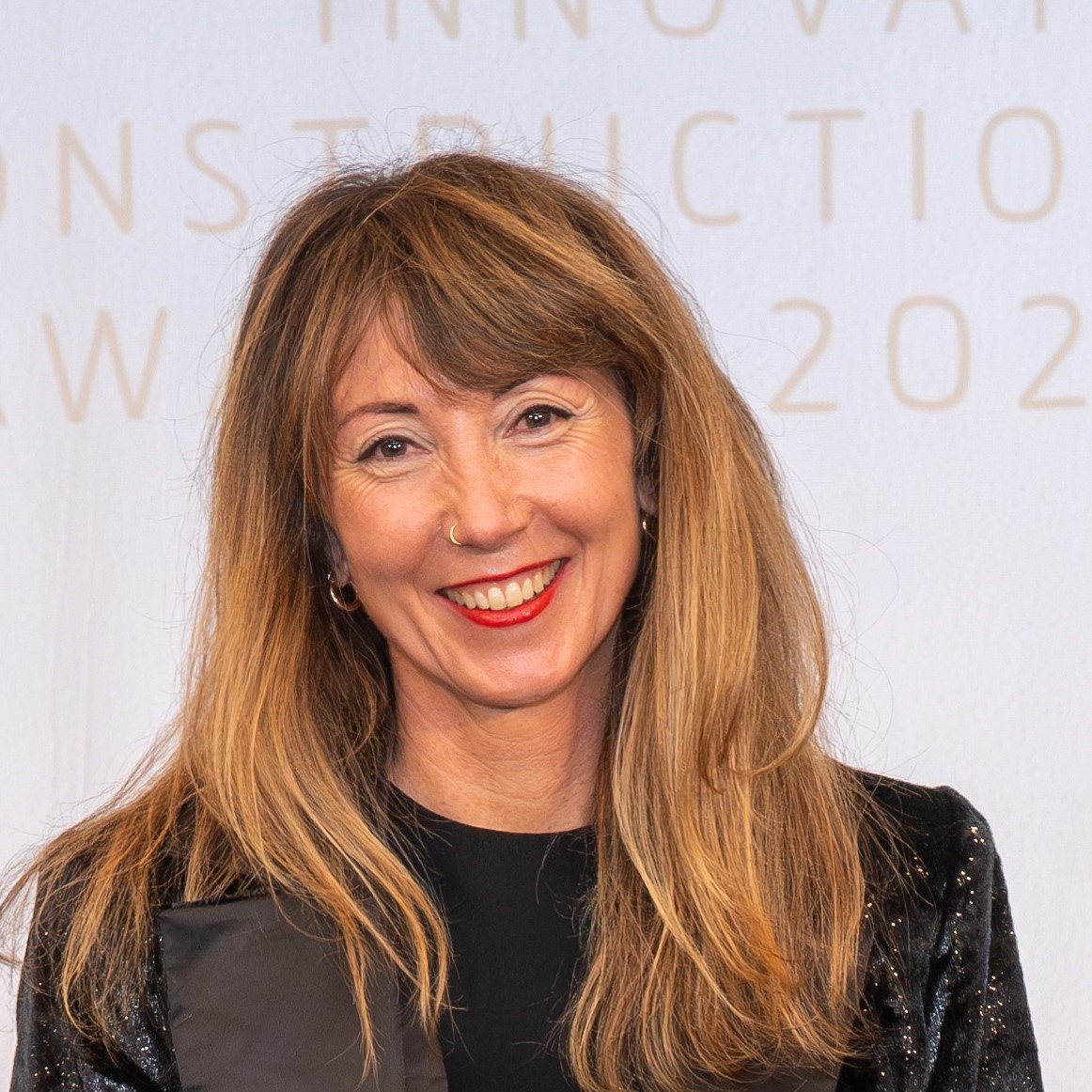Ferrovial is part of a study carried out by the MIT-CISR to analyse reorganisation of the company and resource mobilisation to innovate competitively. This study is part of a larger body of research on designing digital organisations.
In 2016, Ferrovial Corporation took part in a study (vignette) carried out by MIT CISR on the leveraging of resources to innovate competitively, and how to reorganise itself to make innovation a key strategic tool for responding to the challenges facing the sector. The results of this vignette are part of a broader body of research on designing digital organisations.
In order to operate in an increasingly demanding and competitive environment, Ferrovial appointed Federico Flórez as CIO for Information Technology in 2008, with the aim of simplifying and integrating all the IT functions into a central unit. As a result of standardisation, integration and subcontracting of key administrative elements and processes, Ferrovial’s business units and the IT group were able to reallocate part of their resources to include innovation within their mandate in 2011.
Amongst the first actions to be carried out were development of a strategic plan based on an open innovation model; driving a culture of innovation; identifying, designing and developing tools and resources for supporting the innovation process, and developing synergies between different business units.
Three new units were designed: an Innovation and Processes Department (DIP), led by Alberto Lopez-Oleaga, focusing on the development of new solutions; and two Centres of Excellence, one for Intelligent Transport Systems (ITS) and another for Asset Management, focusing on the implementation of such solutions. The DIP seeks to boost innovation during the tendering and development stage, whereas the Centres of Excellence help the business units to implement solutions which have already been tested or are available on the market.
Once an innovation project has been developed and shown good results, it is passed on to the Centre of Excellence to be included in a catalogue of solutions available to the business units, which can adapt it as required.
“Innovation projects arise as a result of the direct links we have with the business units. Once an innovation project is developed, it is tested and the prototype is delivered to the Centre of Excellence for implementation, support and maintenance”. Alberto Lopez-Oleaga, Process and Innovation Director.
Moreover, two innovation managers reporting to the DIP were appointed to drive innovation in business. They work together with the business units to help find innovative solutions and opportunities in contract tenders or existing contracts. Innovation managers also serve as trainers, building the capacity of staff to identify challenges and develop solutions for them.
Zuritanken, a programme for driving the culture of innovation amongst staff, was created in 2012 with the aim of recognising talent and innovative ideas which have the potential of being implemented to increase productivity and efficiency within processes and generate new business opportunities.
The innovation process is developed following a model of open innovation, seeking to work with partners capable of complementing the company’s own competencies and requirements (technological centres, universities, companies, start-ups and entrepreneurs, the public sector, etc.).
“Start-ups are staff working with us in R&D. We do not invest in start-ups per se, as we have no investment capital. But if we come across a start-up working on something that could be useful to us, we approach them and suggest that Ferrovial put their technology to work: if it is successful, we become their client. Thus, we are a market tool for them”. Federico Flórez. Information Systems and Innovation Director.
Since the report was published, reorganisations and actions have continued to generate value through innovation within the company. Five new Centres of Excellence have been created within Ferrovial Services, in relation to solutions for cities, infrastructures, the environment, natural resources and asset management. A Digital Hub has also been created to include all business units and departments, with a view to accelerating innovation and contributing to digital transformation, as well as driving a digital culture and capacity within the company.
MIT CISR-Center for Information Systems Research
The Center for Information Systems Research is part of the Massachusetts Institute of Technology (MIT). It was established in 1974 in order to analyse and carry out research on the design and business model required for achieving success within a digital economy, developing benchmark concepts and frameworks to help lead increasingly dynamic, global and information-intensive organisations. It is supported by different sponsors, amongst them Ferrovial Corporation.






